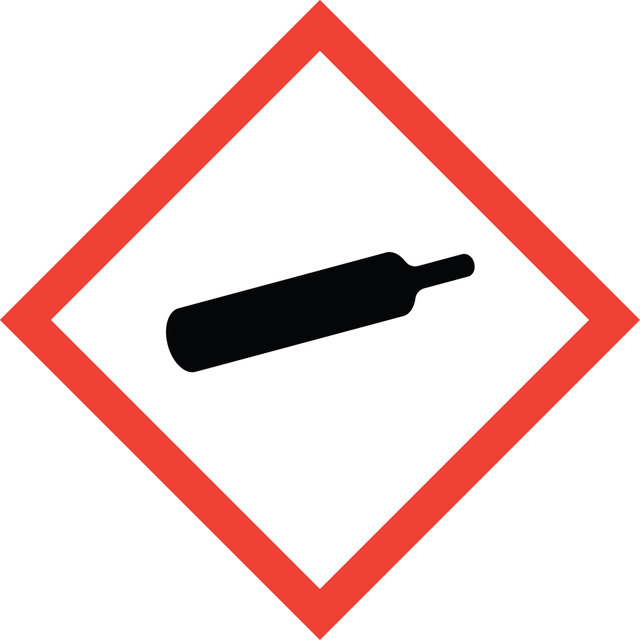Sign In to View Organizational & Contract Pricing.
Select a Size
About This Item
Empirical Formula (Hill Notation):
Ar
CAS Number:
Molecular Weight:
39.95
NACRES:
NA.22
PubChem Substance ID:
UNSPSC Code:
12142004
EC Number:
231-147-0
MDL number:
Product Name
Argon, 99.999%, Messer® CANGas
InChI key
XKRFYHLGVUSROY-UHFFFAOYSA-N
InChI
1S/Ar
SMILES string
[Ar]
vapor density
1.38 (21 °C, vs air)
description
Filling mass: 20g
Filling volume: 12L
assay
99.999%
form
gas
bp
-185.7 °C (lit.)
mp
-189.2 °C (lit.)
Quality Level
Looking for similar products? Visit Product Comparison Guide
Application
Argon is a rare gas that is colourless, odourless, and heavier than air. Applications for argon include use as a shielding gas for special welding problems and sensitive materials (titanium, niobium, tungsten, etc.), use as a filling gas for windows and lamps, use in spark erosion spectrometry and plasma processes. Gas is easy to handle in a small, light pressure can, while the disposable container allows for aluminium recycling when finished.
Other Notes
Z742374: CANgas pressure regulator
Z742379: CANgas plastic hose spout
Z742378: CANgas outer adaptor
Z742377: CANgas inner adaptor
Z742375: CANgas dosing valve
Z742379: CANgas plastic hose spout
Z742378: CANgas outer adaptor
Z742377: CANgas inner adaptor
Z742375: CANgas dosing valve
Legal Information
Messer is a registered trademark of Messer Group GmbH
signalword
Warning
hcodes
pcodes
Hazard Classifications
Press. Gas Compr. Gas
Storage Class
2A - Gases
wgk
nwg
flash_point_f
Not applicable
flash_point_c
Not applicable
Regulatory Information
新产品
This item has
Choose from one of the most recent versions:
Already Own This Product?
Find documentation for the products that you have recently purchased in the Document Library.
Dapeng Liu et al.
The journal of physical chemistry. A, 123(20), 4325-4332 (2019-04-26)
For a sustainable energy future, research directions should orient toward exploring new fuels suitable for future advanced combustion engines to achieve better engine efficiency and significantly less harmful emissions. Cyclic ketones, among bio-derived fuels, are of significant interest to the
Xiaotong Jiang et al.
Spectrochimica acta. Part A, Molecular and biomolecular spectroscopy, 191, 155-164 (2017-10-14)
The docking sites of hydrogen bonds in complexes formed between 2,2,2-trifluoroethanol (TFE), furan (Fu), and 2-methyl furan (MF) have been investigated. Using density functional theory (DFT) calculations, gas phase and matrix isolation FTIR spectroscopies, the strengths of OH⋯O and OH⋯π
Jonas Häusler et al.
Chemistry (Weinheim an der Bergstrasse, Germany), 23(11), 2583-2590 (2016-12-04)
The first gallium-containing nitridosilicate CaGaSiN
T Urbańczyk et al.
Spectrochimica acta. Part A, Molecular and biomolecular spectroscopy, 196, 58-66 (2018-02-13)
Revisited study of the E3Σ1+ (63S1)←A3Π0+(53P1) transition in CdAr using both theoretical and experimental approach is presented. Systematic detection of the E3Σ1+in,υ'←A3Π0+,υ″=6 transition frequencies with higher accuracy and spectrally narrower laser extended and improved analysis and simulation of the LIF
Justin P Wiens et al.
The Journal of chemical physics, 145(24), 244312-244312 (2017-01-05)
Dissociative recombination of electrons with HCl
Related Content
Our team of scientists has experience in all areas of research including Life Science, Material Science, Chemical Synthesis, Chromatography, Analytical and many others.
Contact Technical Service